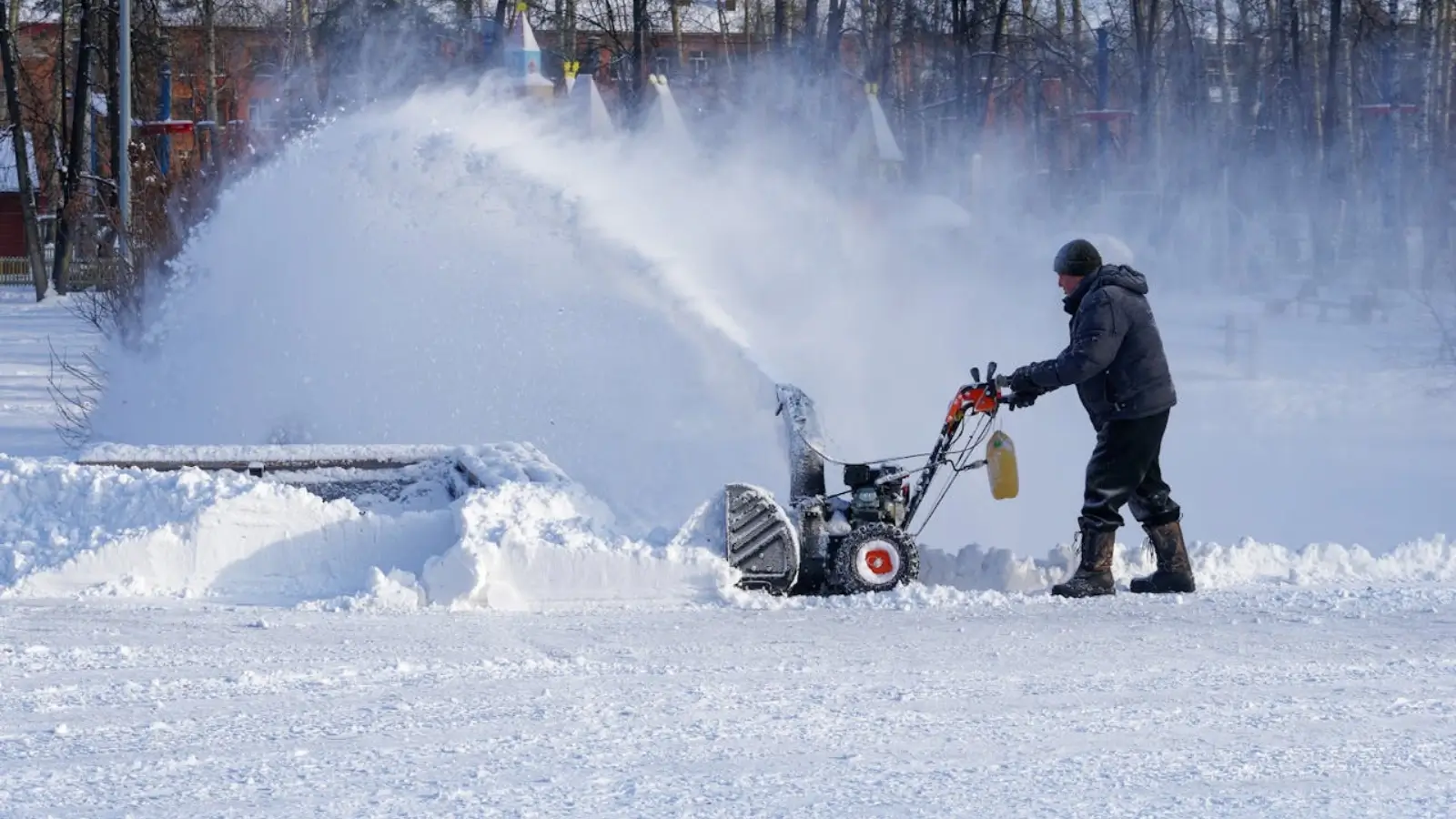


There’s a sense of calm when the first snowflakes begin to fall—everything gets quiet, the landscape transforms, and for a brief moment, winter feels magical. But for property owners and managers, that magical moment quickly becomes a logistical reality. The first snowfall isn’t just about aesthetics; it’s a signal to begin the snow season on the right foot.
What you do during and immediately after the season’s first snowstorm will impact safety, property condition, and even your snow removal workload for the rest of the winter. Whether you handle it yourself or hire a professional snow shoveling service, proactive planning and execution make all the difference.
Early snow shoveling sets expectations, prevents buildup, and protects surfaces before they become difficult to manage. With help from experienced providers like Snow Shovelers, setting a winter routine becomes a straightforward process.
Unlike later storms, which often hit when routines are already in place, the first snow event is when habits are formed. It's also when the most significant damage tends to occur—because unprepared walkways, driveways, and equipment are exposed to snow, ice, and moisture for the first time in months.
Key consequences of delaying snow removal during this first storm include:
Compacted snow layers that are harder to remove later
Slippery walkways that increase liability risks
Ice formation from melted snow that isn’t properly cleared
Damage to surfaces due to freeze-thaw cycles
Misplaced priorities that cause inconsistency for the rest of the season
Starting strong sets the tone for proactive, not reactive, maintenance.
Taking action as soon as the first few inches accumulate pays off in multiple ways:
Fresh snow is relatively easy to move. But once it’s walked on, driven over, or refreezes overnight, it compacts into a dense, icy layer. Removing compacted snow takes significantly more time and effort—and often requires heavy-duty tools or chemicals.
By staying ahead with early snow shoveling, surfaces remain easier to maintain throughout the winter.
From that first snowstorm forward, walkways, driveways, and entryways must remain safe. When snow removal is handled thoroughly from the start, it sets a clear standard for what residents, visitors, or customers can expect moving forward.
You avoid the “patchwork” approach and create a safer environment from day one.
When snow sits too long, it melts slightly during the day and refreezes at night. This cycle creates dangerous ice that’s harder to treat with salt alone. Early clearing and consistent monitoring can drastically reduce the formation of hazardous ice patches.
Sidewalks, asphalt, and pavers can deteriorate rapidly if water seeps into cracks and refreezes. By staying ahead of snow and slush buildup from the start, you minimize the stress on these surfaces and avoid expensive repair work in the spring.
The first snowstorm is the perfect time to test your snow shoveling routine or assess the performance of your hired snow shoveling service. Are supplies accessible? Are walkways being cleared evenly? Did the snowblower work as expected?
Catching these issues early makes the rest of the winter far more manageable.
Whether you’re handling snow removal yourself or hiring professionals, the early season is all about preparation. Here’s how to ensure your first snowfall strategy is effective:
Before the first storm hits, walk your property and look for uneven surfaces, loose pavers, or areas with poor drainage. Fixing these now can reduce snow-related damage later.
Ice melt, shovels, snow blowers, and safety gear should be ready to go before the snow arrives. Don’t wait until the last minute when hardware stores are picked over.
Outline key areas for snow shoveling:
Driveways
Front and back walkways
Stairs and entryways
Handicap-accessible paths
Fire exits
If you’re using a snow shoveling service, this map helps clarify priorities and expectations from the very first snowfall.
In areas where storms are forecasted, pre-treating surfaces with salt or liquid brine can prevent snow from bonding to the ground—making shoveling easier and faster once accumulation begins.
For property managers, the first snowfall represents more than just a weather change—it’s a service test. Tenants, employees, and customers immediately form impressions based on how snow is handled.
Establishing early communication about snow removal policies helps prevent confusion. Make sure tenants know:
When snow shoveling will begin
Who to contact if a path is slippery
Where cars should be parked during plowing
Working with experienced providers like Snow Shovelers can streamline these logistics and ensure no critical areas are missed.
Delaying snow removal during the first storm can set a poor precedent for the rest of the season. Here’s what you risk:
Slower future removal: Layers of snow and ice build on top of each other, making each storm harder to manage.
Higher labor costs: It takes longer to clear compacted snow or chisel away ice, increasing expenses.
Increased safety hazards: The first slip or fall incident can result in liability concerns and a loss of trust.
Damaged surfaces and structures: Repeated freezing and thawing causes cracks, pits, and long-term damage.
In short, what starts as a small delay can snowball into costly consequences.
The first snowfall of the season isn’t just about clearing a path—it’s about establishing a pattern. Early snow shoveling creates a foundation for safety, efficiency, and property preservation throughout winter.
With the right strategy and support, property owners can stay ahead of winter’s challenges instead of chasing them storm after storm. Whether you're managing a residential lot or overseeing commercial spaces, taking action early sets the pace for the entire season.
Partnering with a professional team like Snow Shovelers ensures you're not only reacting to snow—but anticipating it with confidence.